Cricket fans here! Please tell me who is not! But have you ever noticed what players measure on the pitch? While bowling, they count certain steps; while batting, they inspect the pitch, try to make it plain, or I’m not sure what. At first, I assumed it was their signature style, but later understood everyone was doing the same thing. Then I looked deeper and came across why a pitch is so crucial to a player, as well as the cricket ground dimensions. So, let me help you understand what the value of a cricket pitch is.
What is the importance of a cricket pitch?
The cricket pitch is where all the action happens! From setting records to getting wickets, the cricket pitch is extremely important in these acts. The pitch is often grassy as well as cracked. Before the game begins, it is vital to inspect how the ball bounces on the pitch. Pitch condition is also a key in determining player behaviour on the ground. As it is essential to know the importance of the cricket pitch, it is also vital to understand the cricket pitch measurements.
What is the cricket pitch measurement?
Many people may not realise how essential the cricket pitch length is. Knowing the cricket pitch length in feet, in meters, and markings allows you to determine whether the bowler delivered a fair delivery or if the batter’s dismissal was fair. It is also necessary to set up the other components, like the crease and wicket.
The cricket pitch is rectangular, with a defined length and width. Here’s a small chart that shows the dimensions of the various components.
Cricket pitch length in feet
| Dimensions | Sizes |
| Total cricket pitch length (edge to edge) | 24.6 yards (73.8 feet) |
| Cricket pitch length (wicket to wicket) | 22 yards (66 feet) |
| Cricket pitch length (popping crease to popping crease) | 19.33 yards (58 feet) |
| Popping crease width | 4 yards (12 feet) |
| Total pitch width | 4 yards (12 feet) |
| Pitch width (during the game) | 3.3 yards (10 feet) |
| Bowling crease length | 2.89 yards (8.66 feet) |
| Return crease length | 2.66 yards (8 feet) |
| Popping crease to bowling crease length | 1.33 yards (4 feet) |
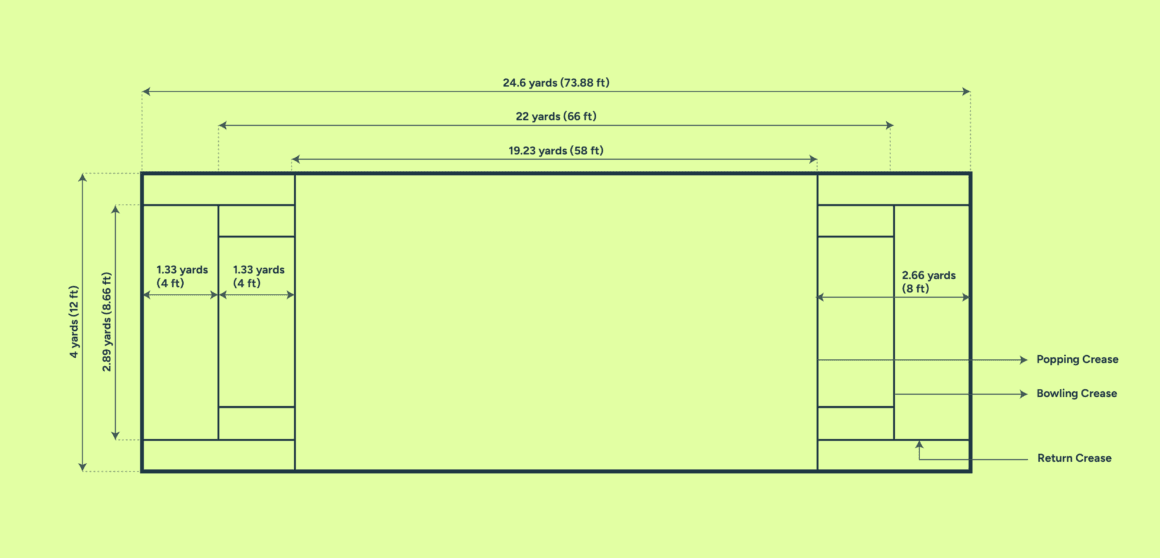
Length of Cricket pitch in meters
| Dimensions | Sizes |
| Total cricket pitch length (edge to edge) | 73.8 feet (22.4 m) |
| Cricket pitch length (wicket to wicket) | 66 feet (20.11 m) |
| Cricket pitch length (popping crease to popping crease) | 58 feet (17.67 m) |
| Popping crease width | 12 feet (3.65 m) |
| Total pitch width | 12 feet (3.65 m) |
| Pitch width (during the game) | 10 feet (3.04 m) |
| Bowling crease length | 8.66 feet (2.63 m) |
| Return crease length | 8 feet (2.43 m) |
| Popping crease to bowling crease length | 4 feet (1.21 m) |
A cricket pitch’s length is 22 yards. However, the exact dimension of each line varies. Now that we have a handle on the cricket ground sizes, let’s take a look at cricket pitch areas.
Cricket Pitch Areas
Crease:
There are multiple kinds of creases on a cricket field, each with its own worth in the game. Understand more about the various crease markings.
- Bowling Crease: This is the line where the wickets are positioned. The bowling crease is a horizontal line that should be 2.63 m long. The distance between two bowling creases on opposite ends of the pitch is 22 yards.
- Popping Crease: This is a horizontal line marked parallel to the bowling crease. It is 3.65 meters in length. When bowling, bowlers must ensure that some of their front foot lands behind the popping crease line. If a bowler fails to keep their front foot behind the line, the umpire will call a ‘no-ball’.
- Batting Crease: The ‘batting crease’ refers to the area between the bowling and popping crease lines. The distance from the bowling crease to the popping crease is 1.21 m. Batters must position a portion of their body or bat behind the popping crease line within the batting crease.
- Return Crease: The vertical lines perpendicular to the popping crease are the return crease. The length of the return crease is 2.43 m. Bowlers must remain within these lines while bowling. If any part of the bowler’s backfoot makes contact with the return crease while releasing the ball, a no-ball is called.
Wicket:
Cricket wickets are a set of three stumps. It is an important factor in cricket ground dimensions. This includes stumps and bales. Read in depth.
- Stumps: Three wooden posts stamped into the ground to form wickets. The first and third are positioned 9 inches apart from each other at exactly the same distance.
- Bails: Bails are placed on the stumps to keep them balanced. When the stumps are hit, the bails fall off, indicating that the batsman is out.
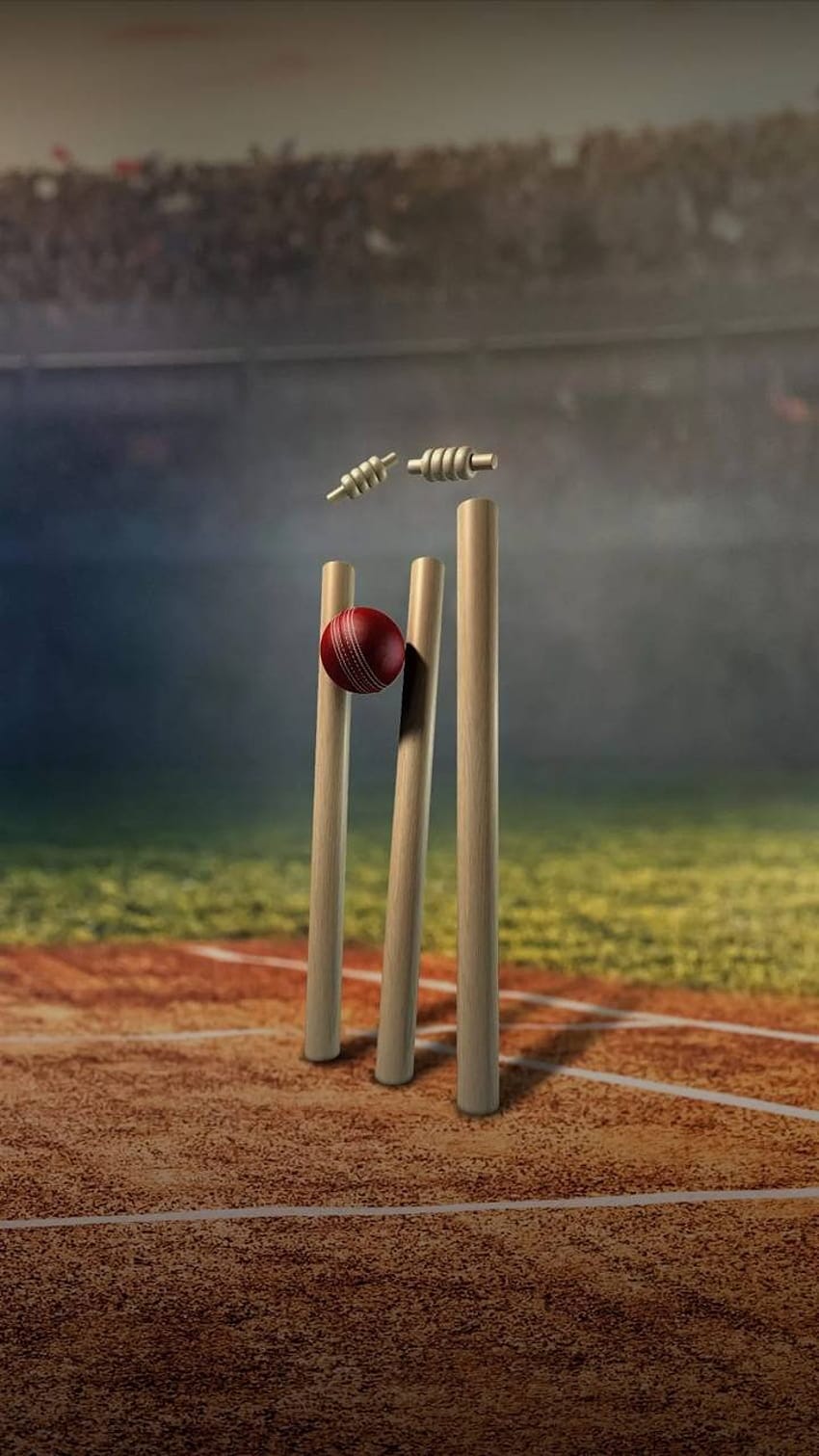
Age-wise cricket pitch dimensions
Cricket grounds vary in size depending on the age. The list below shows cricket ground dimensions based on age.
| Age Group | Pitch length |
| Under 9 | 15 yards (45 feet) |
| Under 10 & 11 | 17 yards (51 feet) |
| Under 12 | 18 yards (54 feet) |
| Under 13 | 19 yards (57 feet) |
| Under 14 | 21 yards (20 yards for girls) (63 feet) |
| Under 15 | 22 yards (20 yards for girls) (66 feet) |
| Under 17 | 22 yards (66 feet) |
Conclusion:
Having a good grasp of your favourite sport makes it more enjoyable to watch and participate. It is critical to understand that the cricket pitch and cricket field are two distinct terms. This guide to cricket ground dimensions includes all of the important measurements that you may not be aware of.
So, grab your bats, bowls, and stumps and share this knowledge with your cricket teammates. And don’t just share it; book a ground on Playo and knock some terrific sixers and fours. And now you know the impact of measuring the cricket ground dimensions before you start playing!
Here are a few places where you can play Cricket in Bangalore, Hyderabad and Pune.
FOLLOW US IN INSTAGRAM FOR SPORTS MEMES AND REELS!
Frequently Asked Questions:
BCCI adheres to ICC regulations, in which international cricket pitches typically measure 65–90 meters in boundary size from the centre of the pitch to ensure equal play and equalised ground dimensions.
2. How big is a ground in T20?
T20 fields are also to the same international standards, the boundaries usually 65 to 75 meters. It’s slightly shorter than the Test grounds in order to promote more boundaries and quicker scoring.
3. Is a cricket pitch 66 feet?
Yes, a cricket pitch is 22 yards long, which is 66 feet or 20.11 meters, between wickets. This is the standard length for all types of games and age groups from the under-15 onwards.

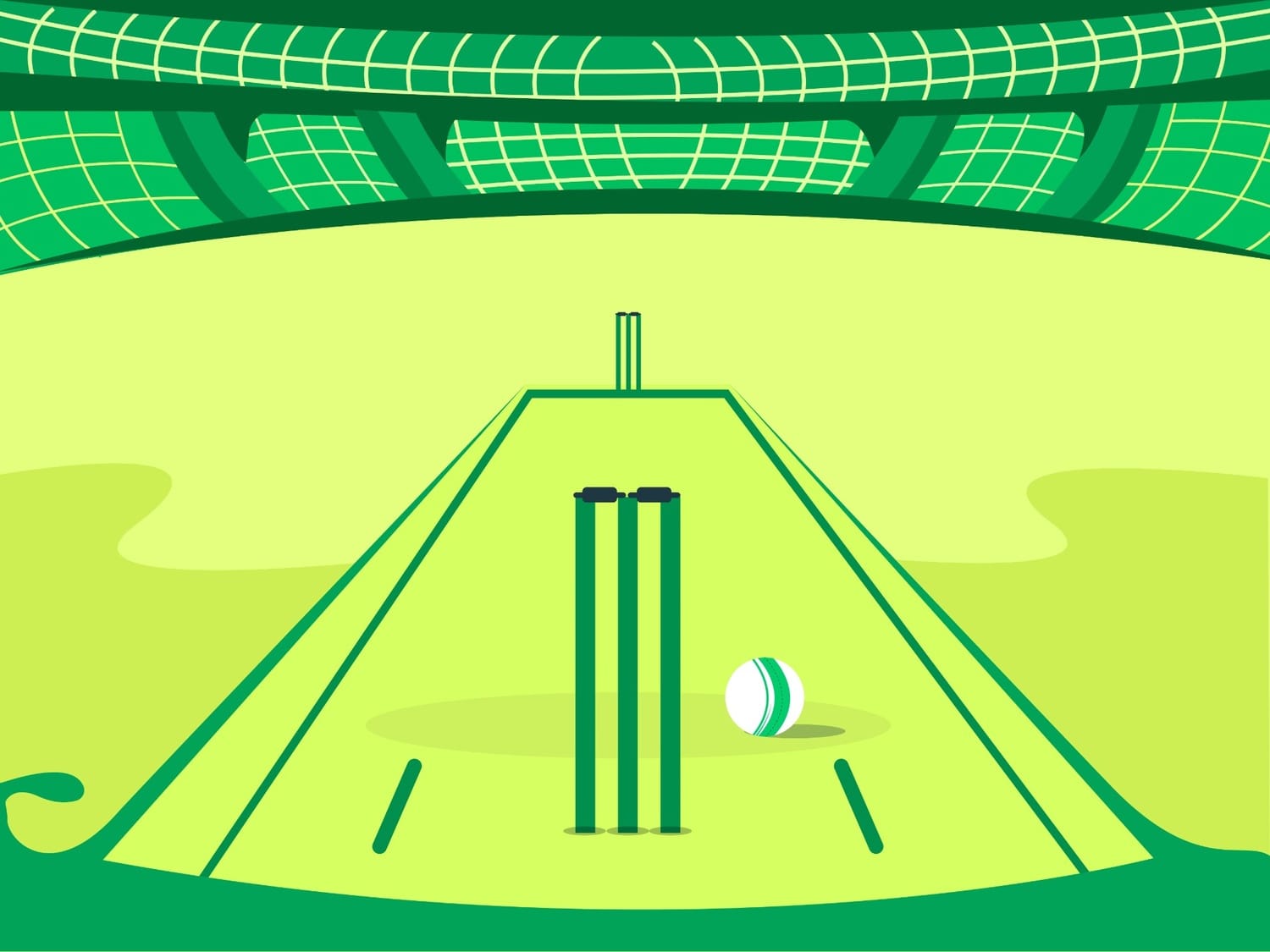
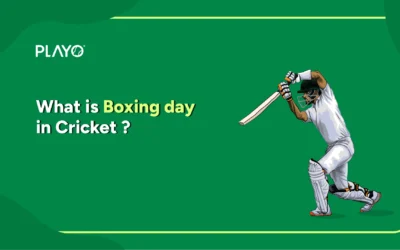

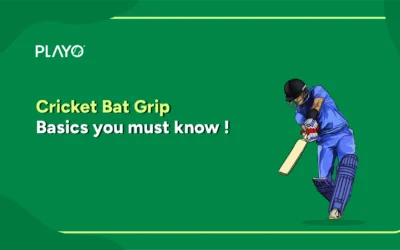
0 Comments